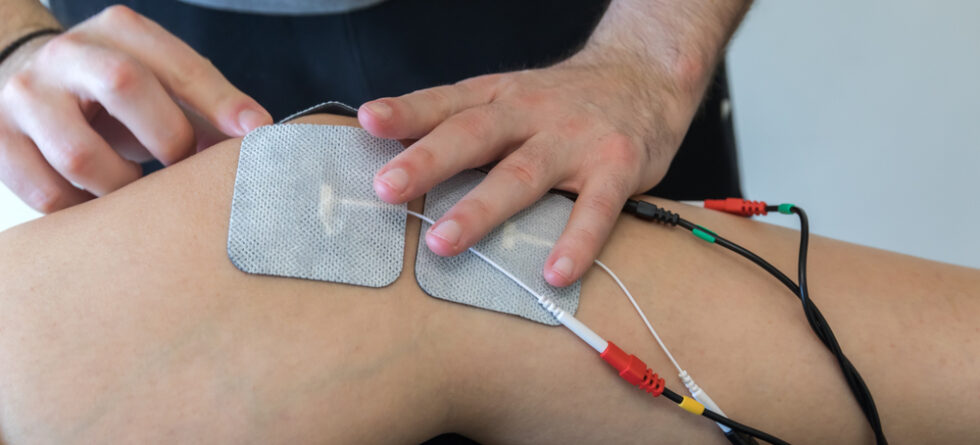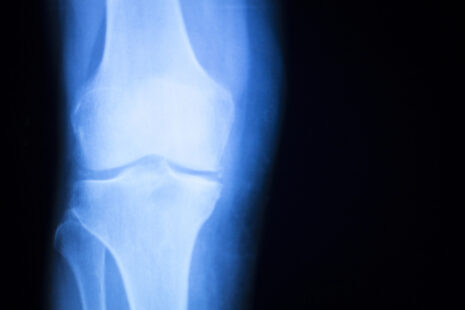A physical therapist (PT) plays a crucial role in the management and treatment of knee pain, offering a non-invasive approach that aims to alleviate pain, restore function, and prevent future injuries. The interventions provided by a PT are tailored to the individual’s specific condition and needs.
Here’s an overview of what a physical therapist might do for knee pain…
1. Assessment and Diagnosis
- Initial Evaluation – The PT conducts a thorough assessment of the patient’s medical history, symptoms, and physical examination. This may include assessing the knee’s range of motion, strength, flexibility, and functional movements related to daily activities.
- Diagnosis – Based on the evaluation, the PT diagnoses the underlying cause of knee pain, which could range from acute injuries like ligament sprains to chronic conditions such as osteoarthritis.
2. Customized Treatment Plan
- Exercise Therapy – The cornerstone of most knee pain treatment plans involves specific exercises designed to strengthen the muscles around the knee, improve flexibility, and increase range of motion. This may include quadriceps and hamstring strengthening exercises, calf stretches, and stability exercises.
- Manual Therapy – Techniques such as massage, mobilization, and manipulation to improve movement in the knee and surrounding tissues.
- Pain Management Techniques – The use of ice, heat, ultrasound, or electrical stimulation to reduce pain and swelling.
3. Education
- Activity Modification Advice – Guidance on modifying activities or behaviors that may contribute to knee pain or hinder recovery.
- Home Exercise Program – Instruction on exercises to be performed at home to continue improving strength and flexibility and prevent further injuries.
- Use of Assistive Devices – Training in the use of braces, orthotics, or other assistive devices to support the knee and improve function.
4. Prevention Strategies
- Injury Prevention Education – Advice on how to avoid future knee injuries, including recommendations on proper footwear, warm-up routines, and techniques for safely performing activities.
- Long-term Exercise Plans – Development of a personalized exercise regimen to maintain knee health and prevent recurrence of pain.
5. Functional Training
- Gait Analysis and Training – Evaluation and correction of walking patterns that may contribute to knee pain or hinder recovery.
- Sport-Specific Training – For athletes, tailored exercises and training programs to safely return to sport and improve performance while minimizing the risk of injury.
6. Progress Monitoring
- Regular Follow-ups – Monitoring progress through follow-up appointments, adjusting the treatment plan as necessary based on the patient’s response to therapy.
Physical therapists take a holistic approach to treating knee pain, not only addressing the symptoms but also identifying and treating the underlying causes. By combining expert knowledge of the musculoskeletal system with specialized hands-on skills, PTs can help individuals achieve optimal recovery and maintain long-term knee health.




